Outdoor boxing gym in Lisbon performs as urban acupuncture
As part of the Lisbon Triennale 2019, Mexican architecture studio Diseño Espacial, led by Carlos Ortega Arámburo and Daniel de León Languré, has worked with an outer city community to design and build an outdoor boxing gym to promote community health and happiness
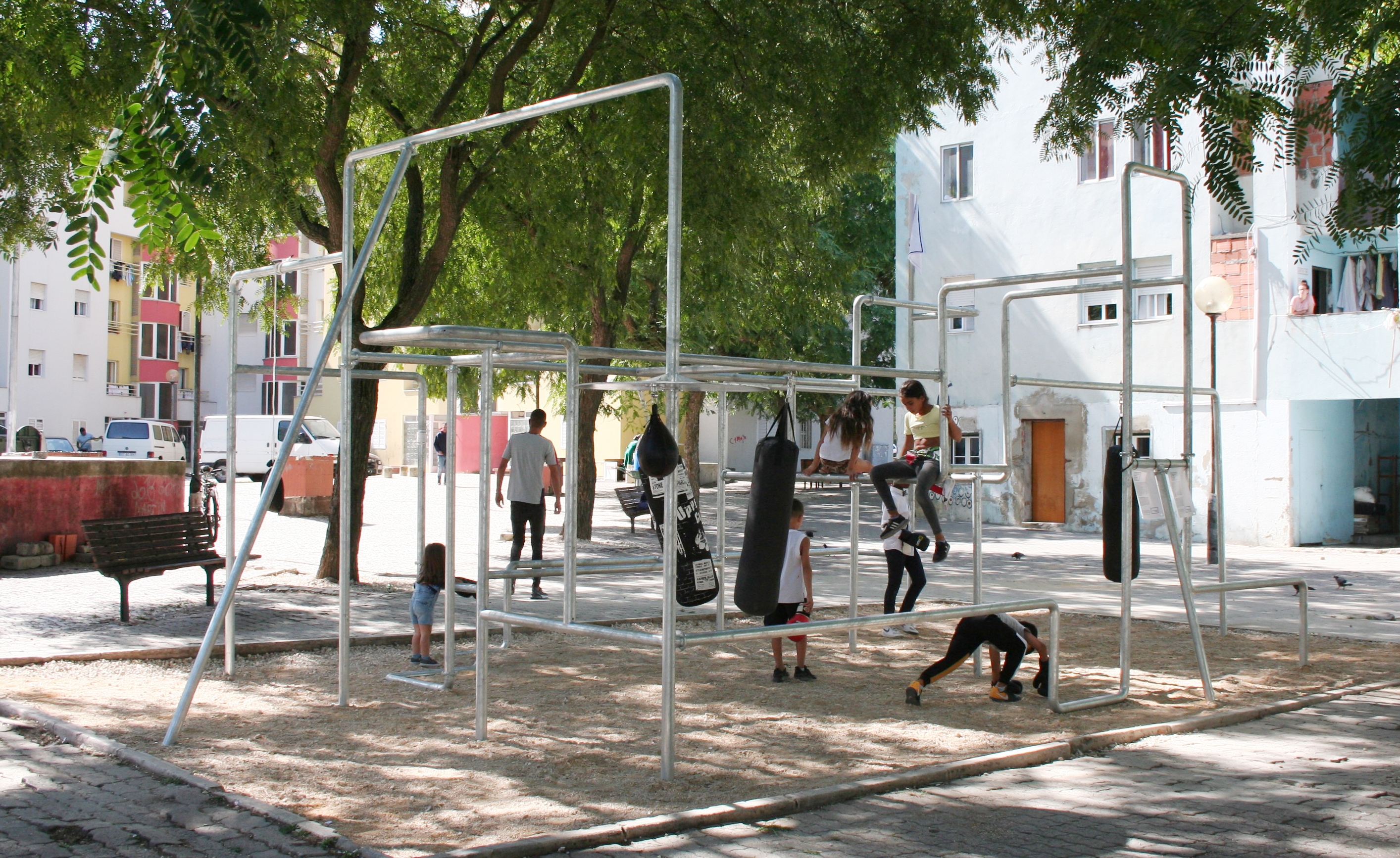
A gaggle of excited children have descended onto a simple structure made of metal pipes, a new addition to their neighbourhood in Olaias, north Lisbon. Boxing gloves have been distributed and a handful of parents stand near by, as older children teach the younger ones techniques on the hanging bags. Plastic chairs and tables have been assembled, music plays and pots of stew are bubbling.
People are out to welcome a new permanent boxing gym, designed by Mexican studio Diseño Espacial and commissioned by the Lisbon Triennale as one of the eight ‘Associated Projects’ happening across the city. The boxing gym addresses the many of the central themes of the Triennale, particularly the theme of main curator Eric Lapierre’s exhibition ‘Economy of means’.

Colourful buildings in Lisbon’s Barrio Portugal Novo
Yet the project didn’t start in Lisbon, it started in Diseño Espacial’s home town of Mexico City, where architect Daniel de León Languré started noticing the resourcefulness of local boxers who were setting up boxing gyms using minimal resources – and becoming world champions. Inspired by the use of salvaged materials such as tyres, metal poles and blankets of the gyms, he started researching the sport further. He became aware of the positive benefits of these gyms on young people’s physical and mental health and the knock-on effect on the communities.
With Aldo van Eyck’s Seventeen Playgrounds and Isamu Noguchi’s playscapes in mind, Diseño Espacial started thinking about how they could combine ideas into a project for Mexico City that could be an ‘instrument for civic activation in precarious urban areas’. De León Languré calls it ‘urban acupuncture’ – a small intervention designed to contribute to the social health of the city.
Two years and three boxing gyms in Mexico City later, and the Caixa’s de Boxe (Boxing Boxes) project has opened in Lisbon, marking the first international version of the project. After plenty of mediations and conversations, the Mexico City team paired up with local studio Ensaios e Diálogos Associação (EDA), who introduced them to the Associação de Moradores de Portugal Novo, a neighbours’ association for the Barrio Portugal Novo, a post-revolutionary housing estate built in 1974. The estate was built by a self-managed co-operative and considered ‘almost illegal’ and therefore ignored by the state for many years, lacking any investment into the communal spaces. Boxing Boxes was the first public intervention in the neighbourhood for three decades
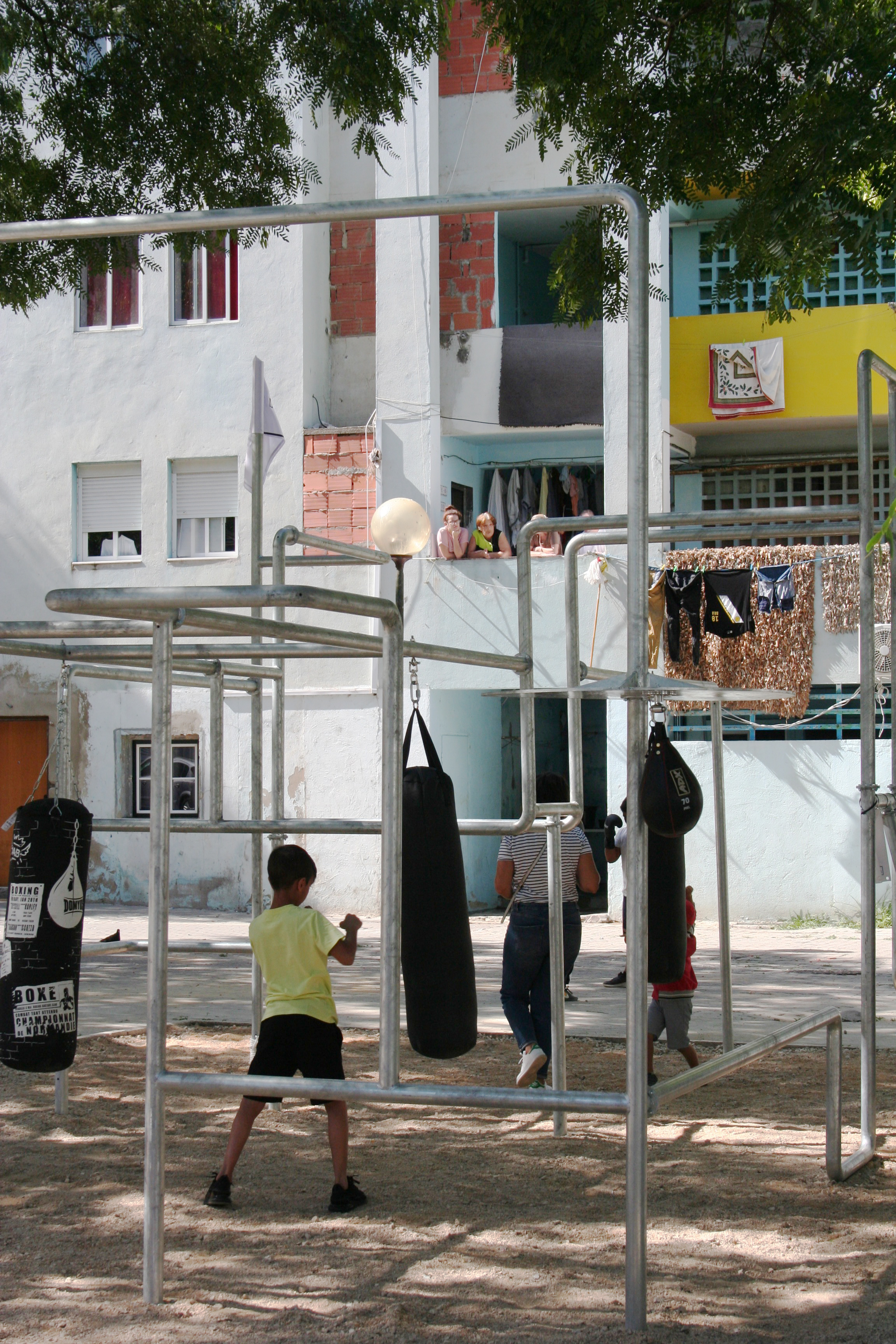
Children playing on the Boxing Boxes urban boxing gym
While the work entailed hours of research to identify possible sites (using a tool that Starbuck’s uses to find coffee shop locations) and meetings with people at all layers of the process from the Triennale, the city, and community leaders, the most useful tool was ‘willingness’ says de León Languré – being open-minded, and not thinking in a ‘top-down’ way at any level. It was a process of constant mediation, he says.
The pre-fabricated structure designed by Diseño Espacial and made of reclaimed metal pipes was assembled on site with the community. ‘Children now have a place to be children, before it was very limited. Everyone does everything outside and now there is more of a natural meeting place.’
INFORMATION
Receive our daily digest of inspiration, escapism and design stories from around the world direct to your inbox.
Harriet Thorpe is a writer, journalist and editor covering architecture, design and culture, with particular interest in sustainability, 20th-century architecture and community. After studying History of Art at the School of Oriental and African Studies (SOAS) and Journalism at City University in London, she developed her interest in architecture working at Wallpaper* magazine and today contributes to Wallpaper*, The World of Interiors and Icon magazine, amongst other titles. She is author of The Sustainable City (2022, Hoxton Mini Press), a book about sustainable architecture in London, and the Modern Cambridge Map (2023, Blue Crow Media), a map of 20th-century architecture in Cambridge, the city where she grew up.
-
 Wallpaper* Design Awards: how David/Nicolas reimagined a 1990 Porsche 964 Targa
Wallpaper* Design Awards: how David/Nicolas reimagined a 1990 Porsche 964 TargaThe two-seater convertible Porsche was given a makeover by the designers, featuring an oiled teak handbrake, machined brass dials, and Connolly leather interiors
-
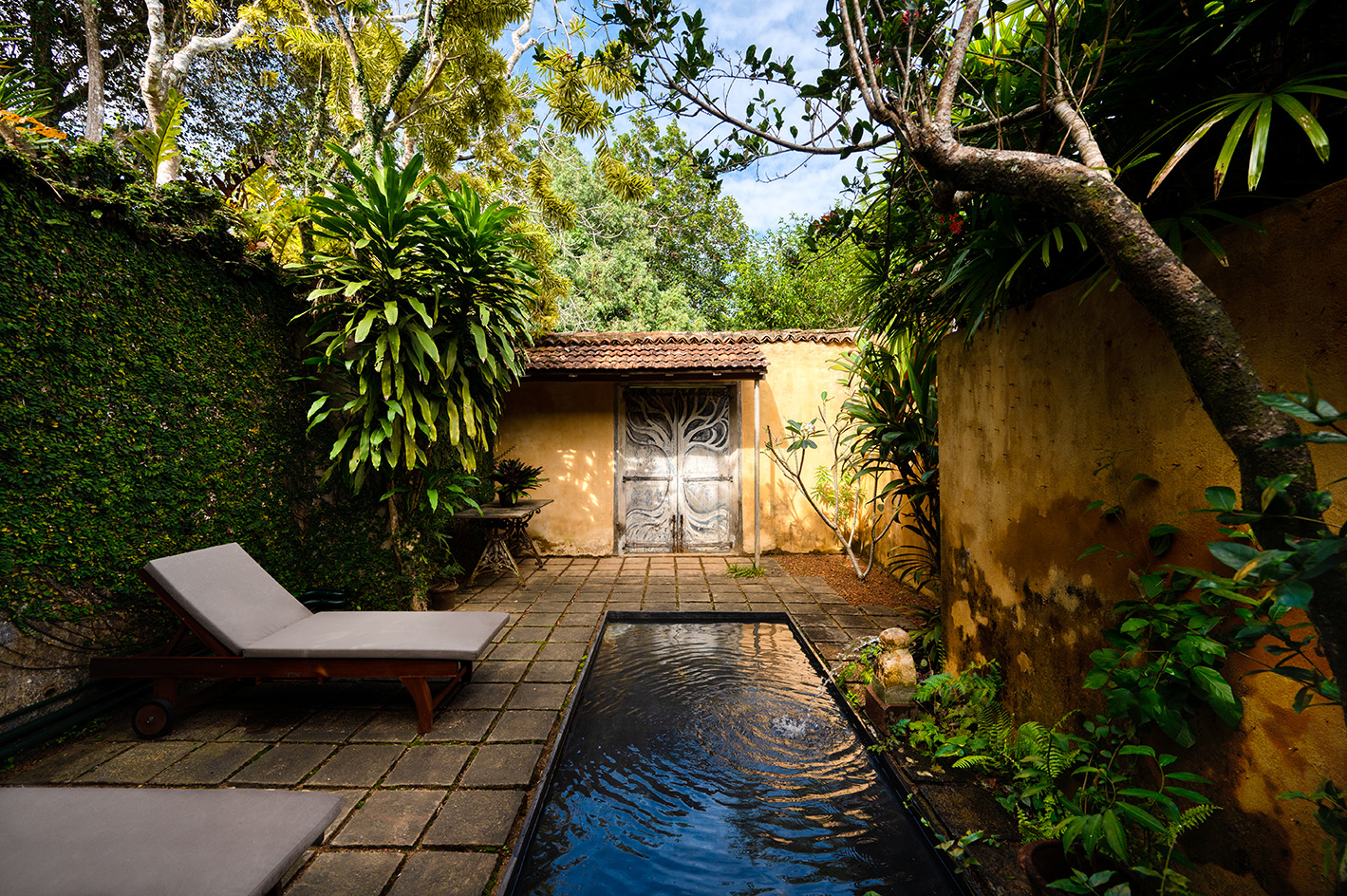 Wallpaper* Architect Of The Year 2026: Marina Tabassum on a building that made her smile
Wallpaper* Architect Of The Year 2026: Marina Tabassum on a building that made her smileMarina Tabassum discusses Geoffrey Bawa’s Lunuganga, and more – as we asked our three Architects of the Year at the 2026 Wallpaper* Design Awards about a building that made them smile
-
 Cult accessory brand Déhanche unveils chunky hardware jewellery
Cult accessory brand Déhanche unveils chunky hardware jewelleryAfter three years of creating jewelled belt buckles, Déhanche jewellery joins our wish list
-
 Aidia Studio's mesmerising forms blend biophilia and local craft
Aidia Studio's mesmerising forms blend biophilia and local craftMexican architecture practice Aidia Studio's co-founders, Rolando Rodríguez-Leal and Natalia Wrzask, bring together imaginative ways of building and biophilic references
-
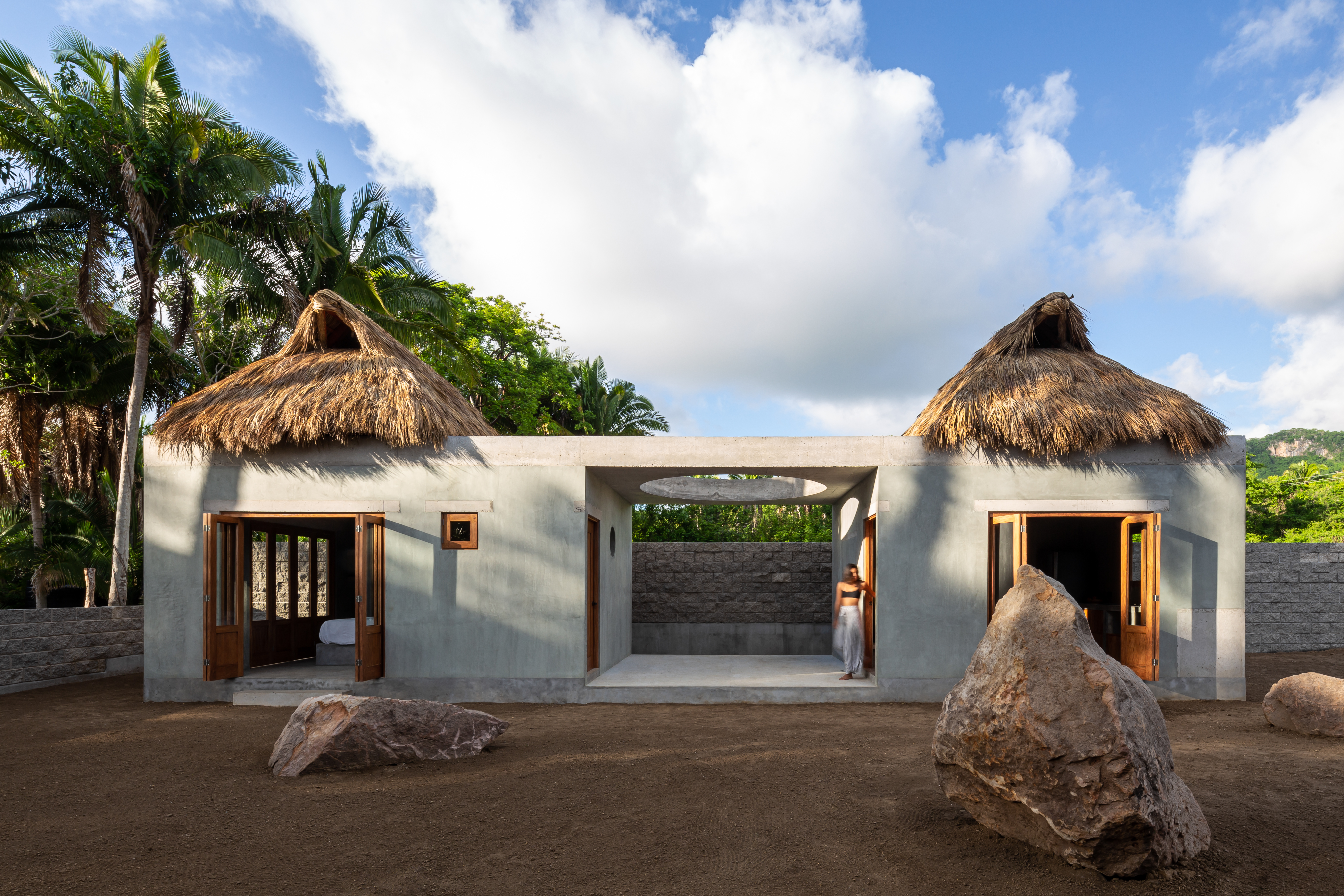 Mexico's Palma stays curious - from sleepy Sayulita to bustling Mexico City
Mexico's Palma stays curious - from sleepy Sayulita to bustling Mexico CityPalma's projects grow from a dialogue sparked by the shared curiosity of its founders, Ilse Cárdenas, Regina de Hoyos and Diego Escamilla
-
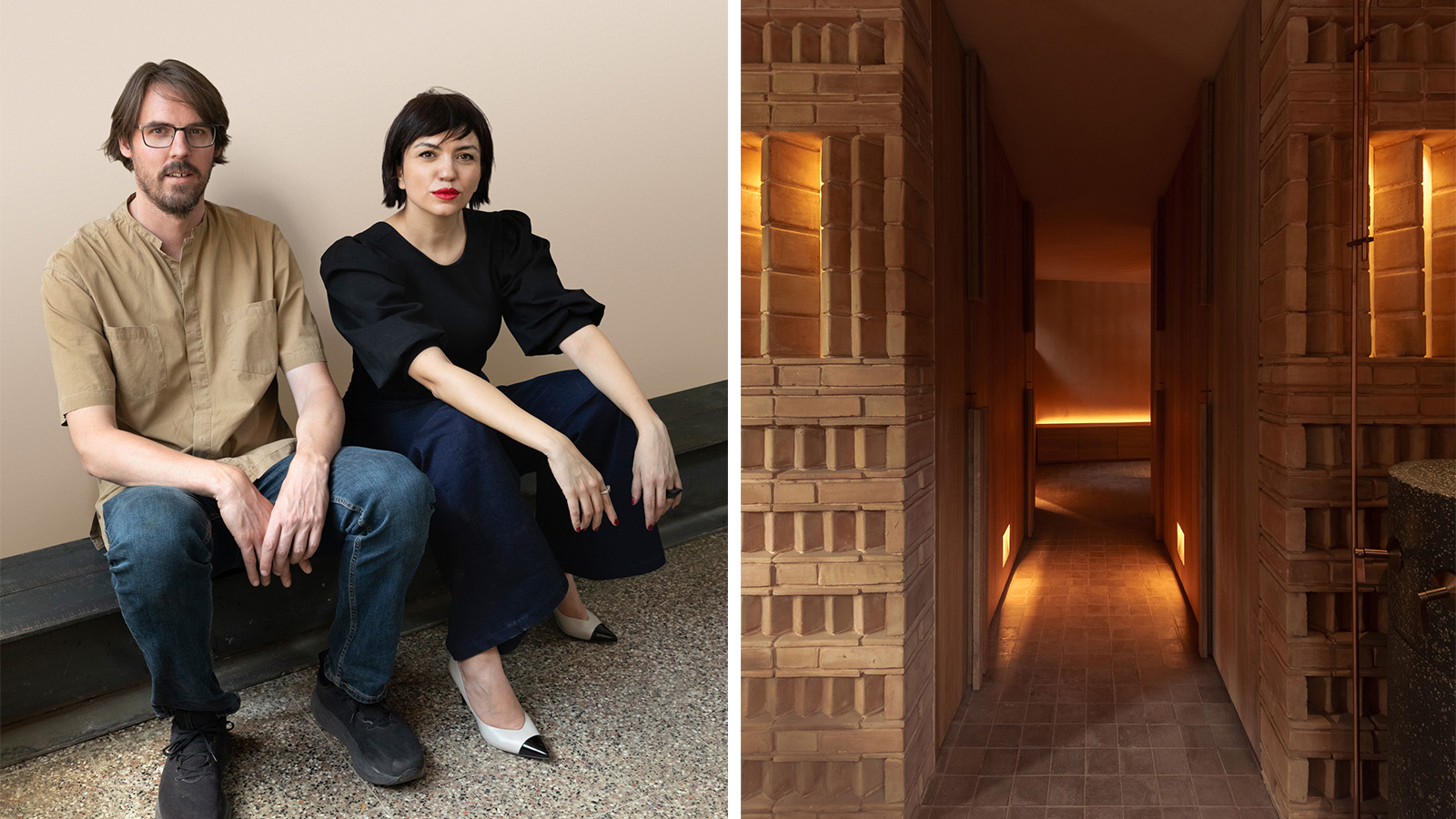 Discover Locus and its ‘eco-localism' - an alternative way of thinking about architecture
Discover Locus and its ‘eco-localism' - an alternative way of thinking about architectureLocus, an architecture firm in Mexico City, has a portfolio of projects which share an attitude rather than an obvious visual language
-
 Deep dive into Carlos H Matos' boundary-pushing architecture practice in Mexico
Deep dive into Carlos H Matos' boundary-pushing architecture practice in MexicoMexican architect Carlos H Matos' designs balance the organic and geometric, figurative and abstract, primitive and futuristic
-
 For Rodríguez + De Mitri, a budding Cuernavaca architecture practice, design is 'conversation’
For Rodríguez + De Mitri, a budding Cuernavaca architecture practice, design is 'conversation’Rodríguez + De Mitri stands for architecture that should be measured, intentional and attentive – allowing both the environment and its inhabitants to breathe
-
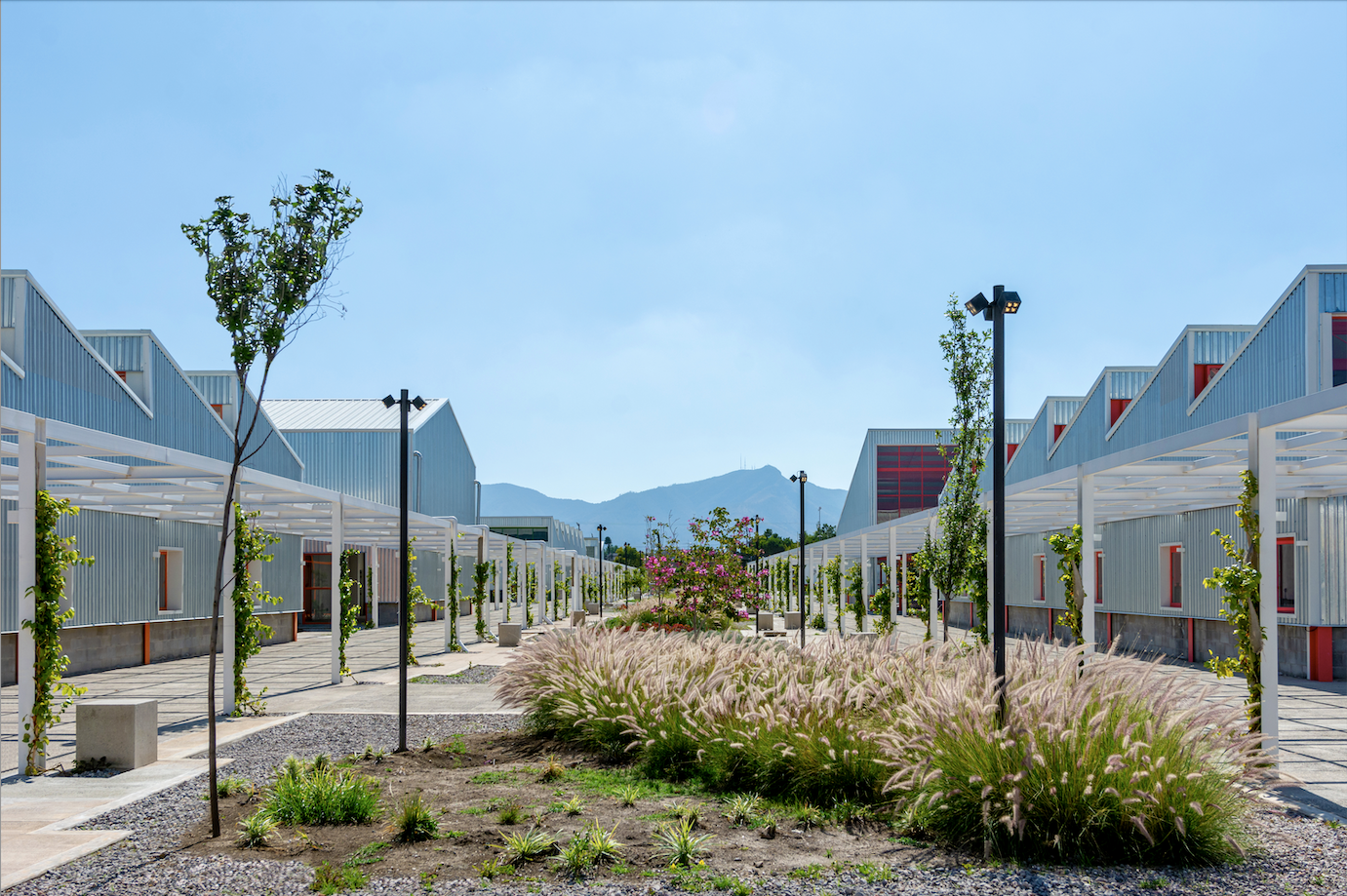 Mexico's Office of Urban Resilience creates projects that cities can learn from
Mexico's Office of Urban Resilience creates projects that cities can learn fromAt Office of Urban Resilience, the team believes that ‘architecture should be more than designing objects. It can be a tool for generating knowledge’
-
 These Guadalajara architects mix modernism with traditional local materials and craft
These Guadalajara architects mix modernism with traditional local materials and craftGuadalajara architects Laura Barba and Luis Aurelio of Barbapiña Arquitectos design drawing on the past to imagine the future
-
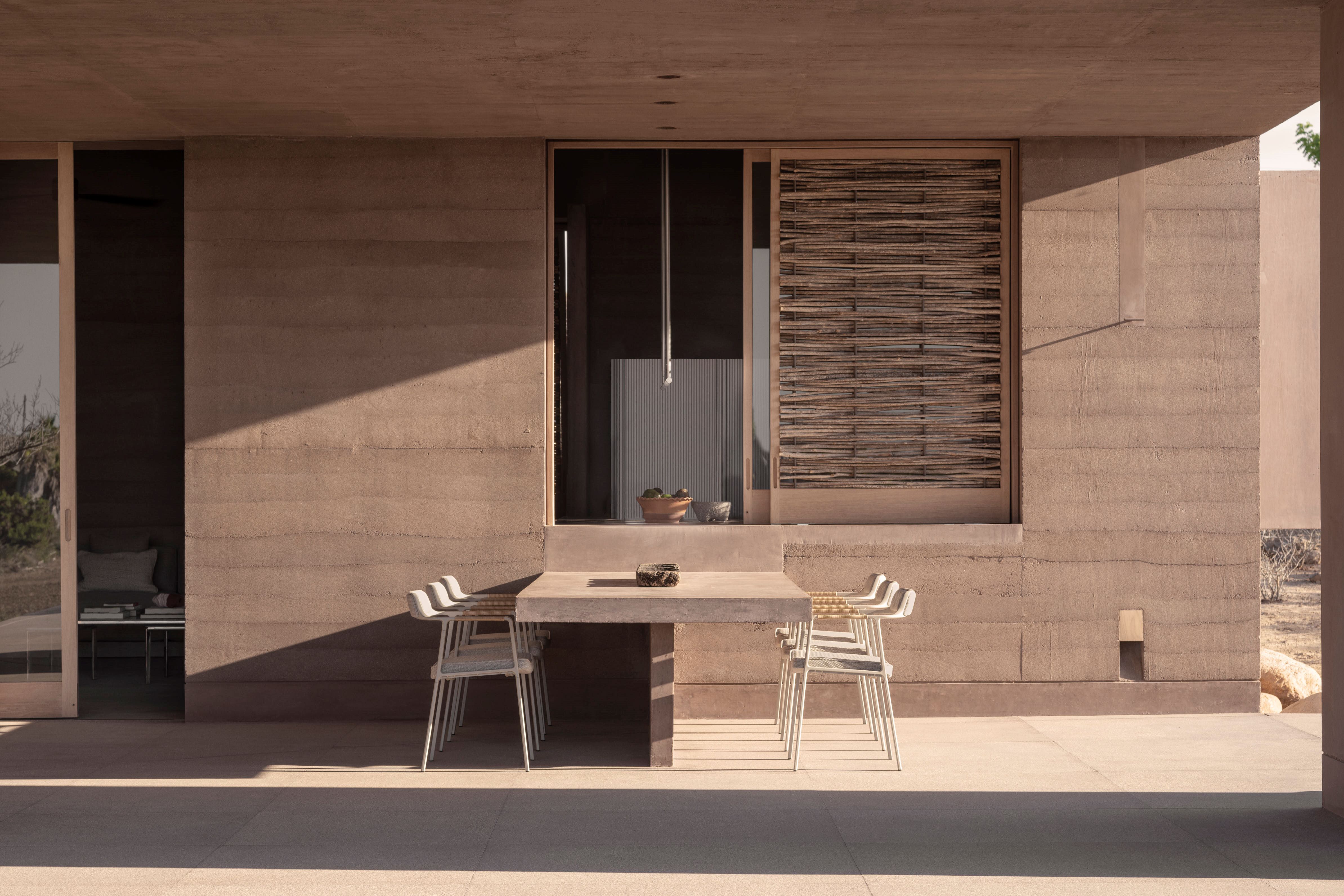 This Mexican architecture studio has a surprising creative process
This Mexican architecture studio has a surprising creative processThe architects at young practice Pérez Palacios Arquitectos Asociados (PPAA) often begin each design by writing out their intentions, ideas and the emotions they want the architecture to evoke